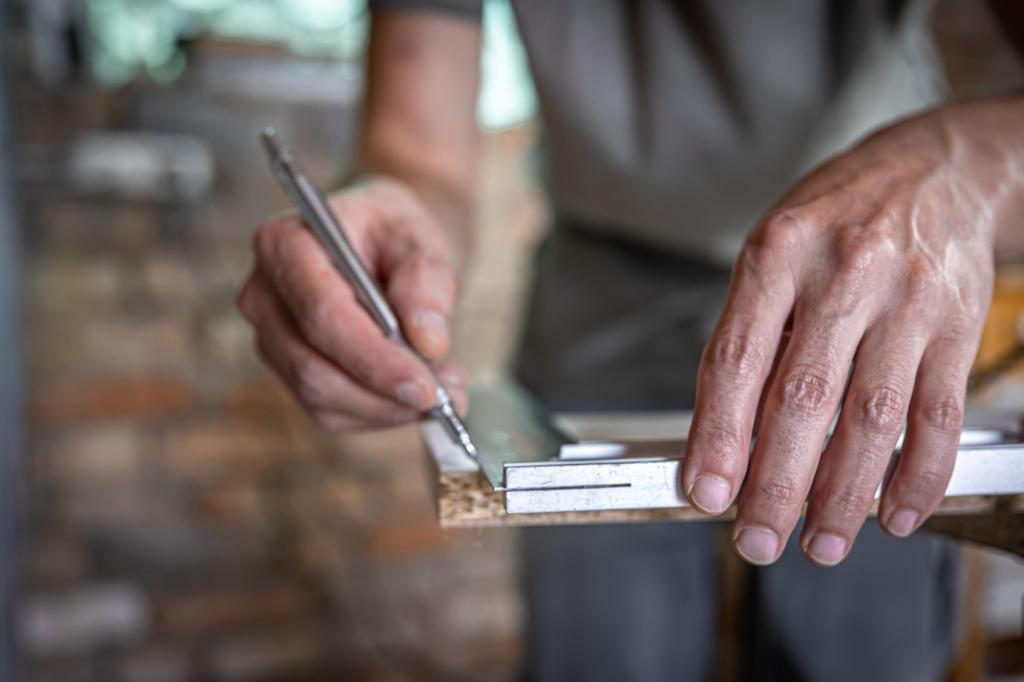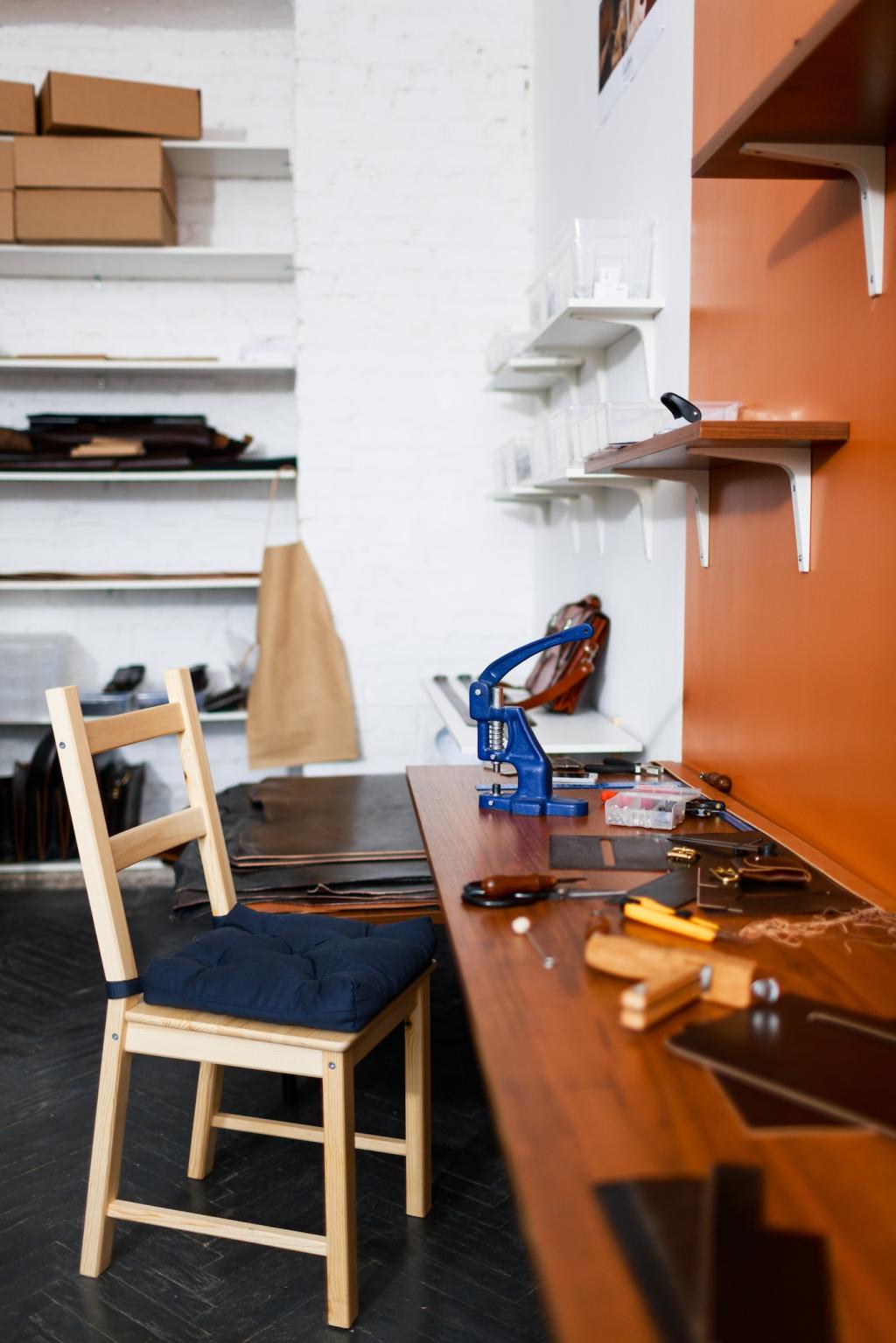Best Finishes for Vintage Wooden Furniture Restoration
Chosen theme: Best Finishes for Vintage Wooden Furniture Restoration. Welcome! Here we celebrate timeworn wood with finishes that honor history, feel wonderful to the touch, and survive everyday life. Explore period-correct options, practical methods, and heartfelt stories—and subscribe or comment to share your own restoration journey.

Start With the Story: Reading Wood and Original Finish
Spot Tests That Tell the Truth
A few drops of denatured alcohol on an inconspicuous spot will soften shellac, while lacquer thinner will tell you if it’s lacquer. Observe residue, odor, and how quickly the finish responds. Document results with photos, then share your findings in the comments for suggestions tailored to your piece.
Matching Finish to Wood Species
Walnut loves the warm embrace of shellac or a light oil undercoat, while oak’s open pores gleam with a waxed, mellow sheen. Maple can look cold under ultra-clear finishes, yet sings with a hint of amber. Tell us your wood species and we’ll recommend a finish that flatters grain and color.
Conservation Ethic Over Stripping
Stripping is not always the hero. Many vintage finishes can be revived by cleaning, dissolving alligatoring with alcohol, and padding in fresh shellac. A 1920s sideboard we rescued glowed again with gentle reamalgamation. Do you prefer patina preserved or a near-new look? Comment with your philosophy and why.
Shellac: The Period-Correct Chameleon
A one- to two-pound cut is forgiving for beginners. Blonde stays light, amber brings warmth, and garnet flatters walnut and mahogany. Dewaxed shellac improves adhesion under other topcoats. Always dissolve fresh flakes, filter carefully, and test on scrap. Ask us which tone suits your piece’s era and mood.


Shellac: The Period-Correct Chameleon
French polishing uses shellac, alcohol, and a touch of oil to lay micro-thin, radiant layers. Small circles, patient passes, and a soft “spirit off” deliver breathtaking depth. We revived a 1930s radio cabinet this way; its chatoyance returned like sunrise. Curious about technique? Post your questions and we’ll guide you.
Oil Finishes: Deep Glow Without Plastic Shine
01
Tung vs Linseed: Cure, Color, and Clarity
Pure tung oil cures harder and yellows less than boiled linseed, while polymerized versions dry faster and more reliably. Linseed brings honeyed warmth but can stay soft if rushed. Always dispose of oily rags safely to prevent combustion. Try a small test board, then tell us which tone you prefer and why.
02
Application Rhythm That Works
Flood, wait, wipe clean, and walk away—then repeat several days later. Wet-sanding the first coat with oil fills pores for a silkier surface. Thin coats cure truer than heavy ones. Keep a simple log of dates and coats, and subscribe to receive our printable checklist for oil finish success.
03
Maintenance That Ages Gracefully
Oil finishes invite sympathetic maintenance: a light clean, a whisper of fresh oil, and a careful buff. Patina builds from touch and time. My child’s restored maple desk survived homework marathons beautifully with occasional refreshes. Share your maintenance routine and we’ll suggest an annual plan that matches your climate and use.
Choosing the Right Blend
Beeswax brings softness; carnauba adds hardness and crisp gloss; microcrystalline resists fingerprints. Tinted wax can disguise small scratches without repainting history. Avoid silicone polishes that complicate future work. Tell us about your environment and handling needs, and we’ll help you choose a blend that nurtures authentic patina.
Buffing for Depth, Not Grease
Apply the thinnest possible coat with overlapping strokes, wait for haze, then buff with a clean cotton cloth or horsehair brush. Two light coats beat one heavy application. Allow a full day before heavy use. Show us your sheen preference—satin, semi, or a soft glow—and we’ll recommend buffing intervals.
Wax Over Shellac: A Friendly Duo
A shellac foundation with wax on top is museum-friendly and wonderfully repairable. The shellac seals and warms; the wax adds touchable grace. We brightened a Victorian chair’s carvings using this duo, letting light kiss its edges. Share your carved details and we’ll tailor a gentle waxing strategy to highlight them.

Varnish and Lacquer: When Durability Matters
Alkyd varnish flows beautifully and develops a warm, classic glow. Thinning to create a wiping varnish eases dust control and levels well in thin passes. Avoid heavy polyurethane build on delicate antiques; consider a dewaxed shellac sealer for compatibility. Comment with your table’s usage and we’ll suggest a schedule of coats.
Varnish and Lacquer: When Durability Matters
Mid-century pieces often wore nitrocellulose lacquer, loved for rapid build and crystal clarity. Aerosol toners help with color matching and edge repairs. Work with strong ventilation and light coats to avoid blushing. Restored a teak credenza? Share your spray setup or hand-padding approach, and we’ll troubleshoot orange peel or overspray.
Clarity Without Ambering
Waterborne finishes keep maple and birch bright where amber tones might mislead the eye. Some can look clinical; a thin coat of dewaxed shellac underneath restores warmth without heavy color. Test side-by-side on a hidden panel and share photos. We’ll vote together on which look honors your piece’s story.
Prep Matters: Raise and Tame the Grain
Mist the surface to raise grain, sand lightly, and repeat for silky smoothness before finishing. Avoid steel wool under waterborne products to prevent rust specks; use synthetic pads instead. Keep dust discipline tight. Tell us your sanding sequence, and we’ll propose grit transitions that fit your wood and target sheen.
Hybrids and Hardwax Oils
Waterborne alkyds and hardwax oils bridge old and new, offering repairable character with improved scuff resistance. They suit sideboards, chairs, and light-use tables. Follow manufacturer cure times religiously. Considering hardwax on oak? Post details about pore depth and intended use, and we’ll suggest a layering plan and care routine.
Decision Matrix: Choose With Confidence
01
Victorian oak often shines with shellac plus wax; 1920s walnut glows under oil then a shellac top; mid-century pieces frequently favor lacquer. Pine appreciates a gentle touch that respects knots. Share your era, wood species, and current condition, and we’ll confirm the most sympathetic finishing path for authenticity.
02
Display pieces welcome delicate, highly repairable finishes; dining tables need durable films or frequent maintenance. Consider pets, sunlight, humidity, and heat. Plan refresh cycles rather than emergency rescues. Tell us how you live with the furniture, and we’ll craft a realistic maintenance calendar you can actually keep.
03
Post three details—wood type, original finish guess, and intended daily use—and add a photo if possible. We’ll suggest a finish stack and application plan. Subscribe to receive updates, new finish comparisons, and real reader case studies that turn questions into confident, time-tested restoration choices.
